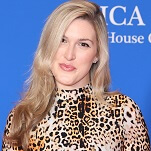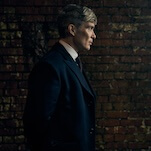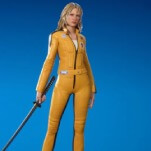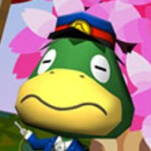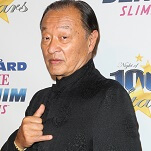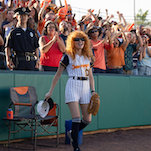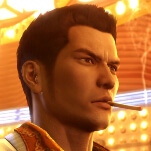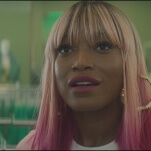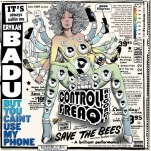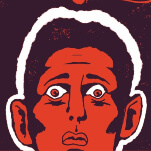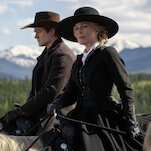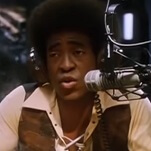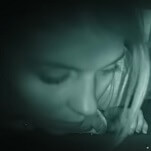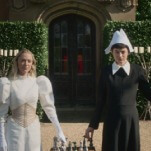Steve Martin’s third fiction book, An Object Of Beauty (following the novellas Shopgirl and The Pleasure Of My Company), applies his now-familiar gentle, wry touch to the life of a young loner, albeit one whose aspirations drive her to the center of everything. When narrator Daniel Franks arrives in New York City in the early ’90s, he falls in with college friend and onetime lover Lacey Yeager, and decides to chronicle her meteoric rise through the art world. From the subterranean “bins” at Sotheby’s where she learns to spot prints and fakes, Lacey maneuvers herself into a plum job assisting gallery owner Barton Talley, romancing a Parisian art dealer and amassing her own collection on the side while she dreams of opening her own Chelsea storefront. Looking back on their heady moment in the contemporary art boom, searching for the reason his friend eventually cut him off, Daniel believes he can locate the moment where Lacey’s passion for art became an obsession, and where her sense for the value of an artist’s work superseded its aesthetic value.
Like Mirabelle, the moody department-store employee at Shopgirl’s heart, Lacey sometimes steps into the role of the decoration on the arm of a richer, older man—her relative appreciation, like that of an obscure masterwork, rising and falling according to Daniel’s precise calculations. In spite of the continual emphasis on her physical beauty, though, Lacey is Martin’s best female character yet, a cocktail of ambition and anger persistently on the brink of jeopardizing her lucky breaks. Her scrambling is obvious in retrospect, which captivates Daniel, whose own career as an art writer slumps toward respectability without anyone much noticing.
The backdrop against which Lacey and Daniel dine and catch up on their love lives—almost always hers—conducts a subtle tour of trends in art collecting while Lacey learns her trade. As some viewers of Martin’s 92nd Street Y discussion recently discovered, he’s a prolific art collector, and his narrator’s history of collecting embroiders the plot, playing up Lacey’s ascent without turning her into a type. Not that Martin is above trucking in types—his use of “uptown” and “downtown” as personal descriptive adjectives is frankly archaic—but his heroine and her upward claw, chronicled by the wary Daniel, preserve the ring of truth even when her escapades lean toward the fantastic. Diverting and light, An Object Of Beauty says nothing profound about the Lacey Yeagers of the world, but enjoys itself along the way.



